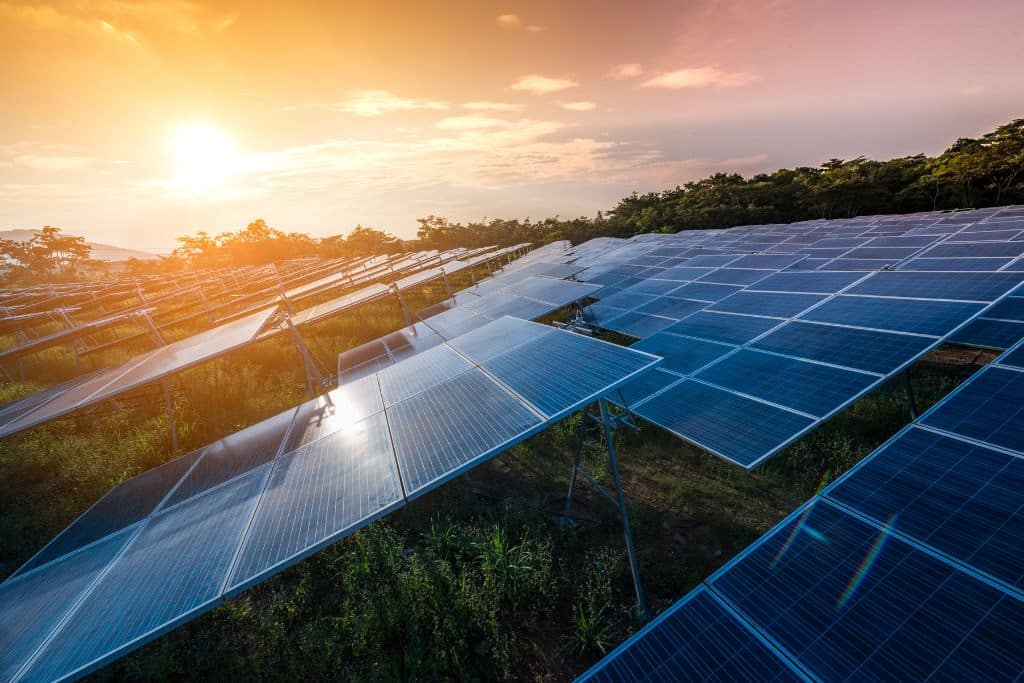According to a new analysis, clean energy investments will reach $1 trillion this year, compared to about $1 trillion to finance fossil fuel projects.
—
The rapid expansion of clean energy technology manufacturing is set to increase green energy production and capacity, bringing the world on the right path to cover demand levels in the Net-Zero Emissions (NZE) Scenario, the International Energy Agency (IEA) said last week. More specifically, investments in clean technologies – such as renewable energy, electric vehicles, and low-emissions fuels – are forecast to reach $1.7 trillion this year. In comparison, $1 trillion will go into fossil fuel projects.
According to a new analysis of manufacturing of clean technology – including solar photovoltaic (PV), batteries, wind, heat pumps, and electrolysers, a strong rebound in economic growth following the Covid-19 pandemic as well as effective policies including the US Inflation Reduction Act passed last year are among the main drivers of the increased global spending on clean energy. In a December report, the IEA also suggested that the war in Ukraine and rising fossil fuel prices have triggered an “unprecedented momentum” in the renewable sector, speeding up the development of renewable energy including solar and wind.
The European Union and four countries – Vietnam, India, the US, and China – account for 80-90% of the manufacturing of the five clean technologies examined in the report, with the latter alone accounting for 40-80%.
Solar energy remains among the fastest-growing clean energy sources, with investments set to outstrip spending on oil production this year for the first time. In 2022, global manufacturing capacity grew by almost 40% to about 640GW compared to 160GW in 2021, with China accounting for 90% of worldwide manufacturing.

Current and projected geographic concentration for manufacturing operations for key clean technologies. Image: IEA.
Battery manufacturing is also on the rise, with the IEA suggesting that if all announced projects were to come to fruition, these green technologies could cover “virtually all of the 2030 global deployment needs of the NZE Scenario.”
“If these clean energy investments continue to grow in line with what we have seen in the past few years . . . we will soon start to see a very different energy system emerging and we can keep the 1.5C goal alive,” IEA Executive Director Fatih Birol told the Financial Times.
Wind and heat pump manufacturing, on the other hand, experienced a much slower growth last year, of 2% and 13% respectively, leaving a “large gap” between the forecasted output from announced projects and the 2030 NZE Scenario.
Earlier this year, the IEA said that renewable energy is forecast to dominate the projected electricity demand through 2025, with the power sector approaching a “tipping point” on its carbon dioxide emissions. The world’s electricity demand is set to accelerate to an average of 3% over the next three years, with more than 70% of the increase coming from China, India, and Southeast Asia. By 2025, Asia will account for half of the world’s electricity consumption, with one-third being consumed in China.
You might also like: EV Sales Expected to Grow By 35% This Year After Record-Breaking 2022, Says IEA


















